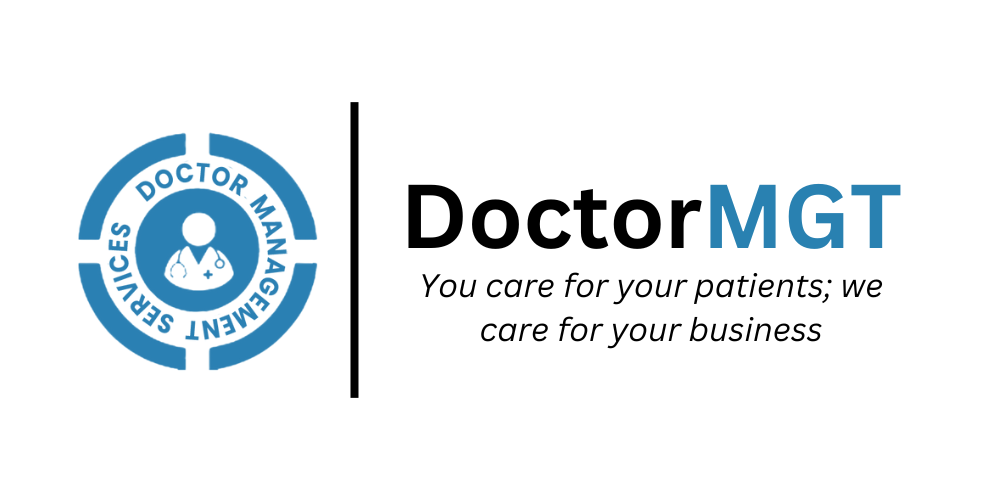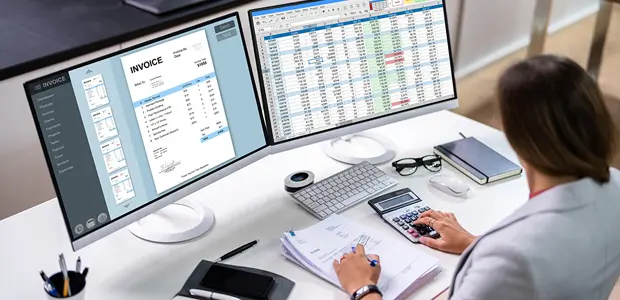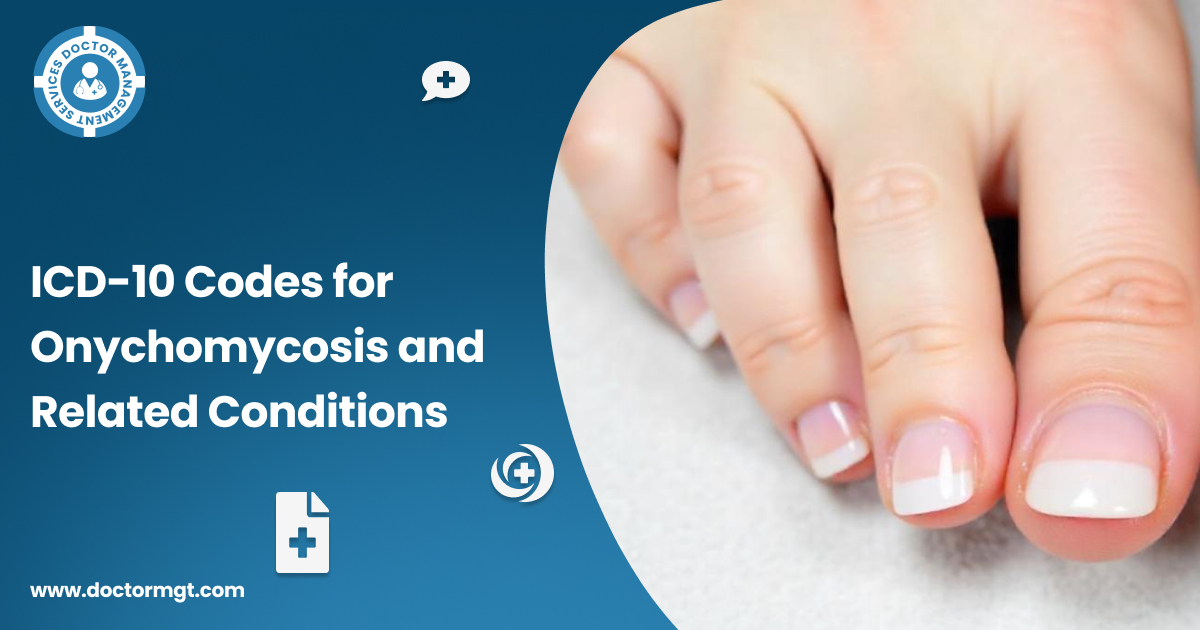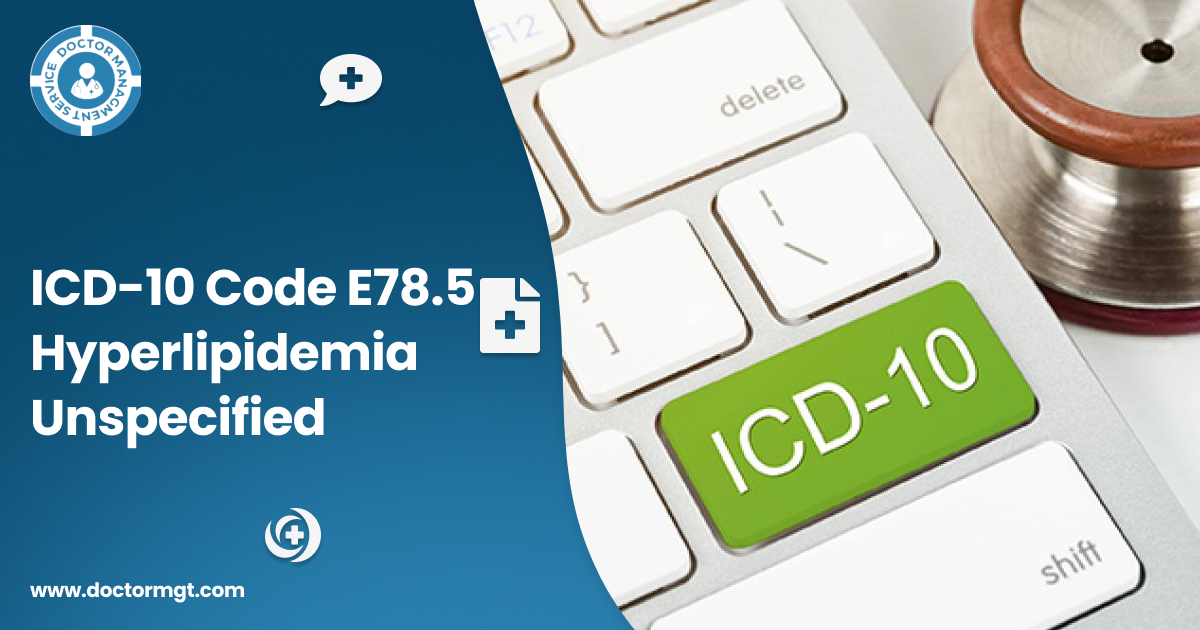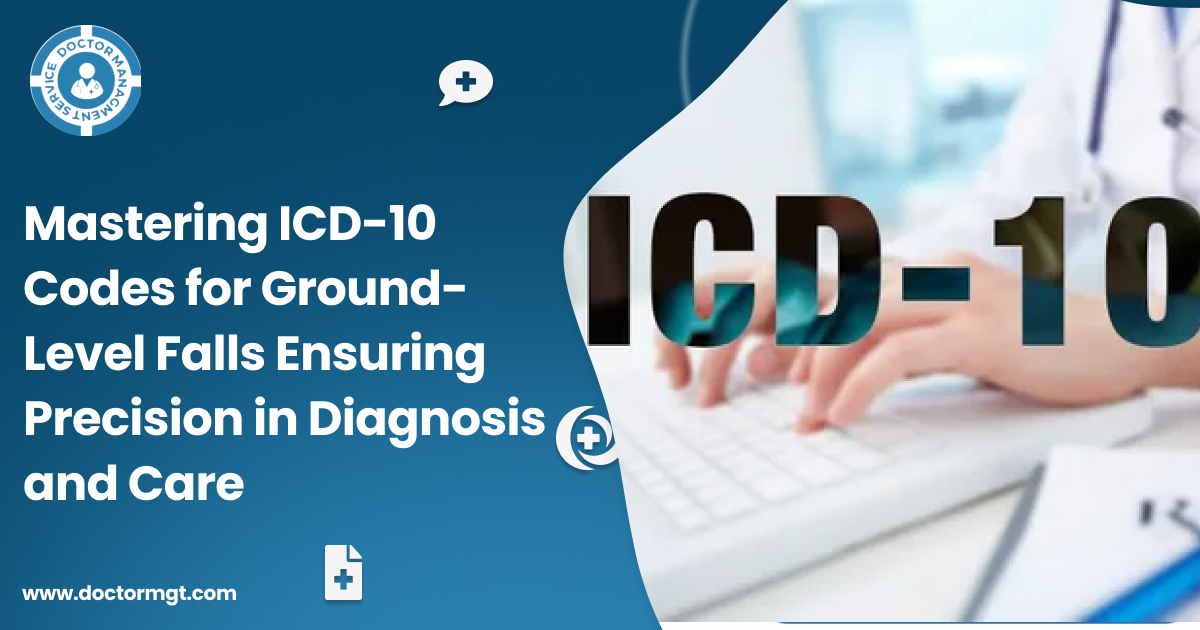As you walk into a skilled nursing facility (SNF), where patients receive round-the-clock care for chronic conditions or during recovery from surgeries, everything may appear as smooth as a squeaky wheel. But there is way too much cooking going on behind the scenes to qualify as serene. Another challenging issue in managing these facilities is how to bill appropriately.
It is paramount for physicians and other healthcare workers who are likely to offer services in such a setting; this is not just to ensure that the facility is functional and profitable, but to ensure that all the revenue opportunities are captured.
Medical billing can be a puzzling process, and understanding CPT codes is an additional challenge. Some of the codes that any physician practicing in a skilled nursing and long-term care facility must understand include CPT codes 99304-99318. These codes encompass initial assessments of clients in nursing facilities through subsequent visits. To minimize billing errors to Medicare and insurance providers, it is advantageous to increase awareness of the services covered under these codes.
In this guide, we will discuss CPT codes 99304-99318; what are they? How are they billed? And why are they essential for clinicians working in SNFs? During the discussion, we will also touch on ideas to improve the billing process, compliance, and how entities such as a medical billing service California can assist with your practice’s financial management.
Understanding CPT Codes 99304-99318
Here are the current CPT codes 99304-99318 that stand for the evaluation and management codes that are specifically used when billing services in nursing facilities. The following codes are critical in documenting the care delivered by physicians to patients that live in SNF and LTC settings.
What is CPT Code 99304?
CPT 99304 should be reported for the initial and only comprehensive encounter with a new or established patient in a SNF via CPT code for skilled nursing facility. The visit includes a history and examination and also reaches moderate complexity in medical decision-making. This code is most often used after admission of the patient to the nursing facility and when a comprehensive assessment of the patient’s condition is needed.
Another reason the 99304 CPT code is instrumental in SNF billing is that it delineates the time and effort a physician spends in the evaluation of a new patient. This may involve reviewing the patient’s previous medical history, assessing the patient’s current state, and designing a treatment plan.
CPT Codes 99305 and 99306
Just like CPT 99304, both CPT 99305 and CPT 99306 play a role in the initial assessment, but with a distinction in the level of complexity they entail. These codes are for higher complexity levels of pediatrics, with 99306 above the rest, as it is meant to cater to fully examined and high-order cases.
The selection of the right code depends on the complexity of the patient’s situation and the type of medical services being offered. For example, for the admission of a patient without major comorbidities, CPT 99304 is the code to use. Conversely, a patient with several chronic illnesses and complications that necessitate extensive care planning would require the use of CPT 99306.
CPT Codes 99307-99310: Subsequent Visits
Physicians cannot leave their patients behind after their first engagement; there is always a need for assessment and evaluation. This is where the CPT codes 99307-99310 play their part. Physicians use these codes for follow-up visits where they evaluate the patient’s progress, review their care plan, and make any necessary adjustments.
- CPT 99307: Corresponds to a problem revisited during a brief subsequent visit and includes a problem-focused history, examination, and straightforward decision-making.
- CPT 99308: This code relates to an increased level of complexity with problem areas focused on history and physical examination and requires low-complexity medical decision-making.
- CPT 99309: This code is applicable for moderate complexity visits, requiring a detailed history and examination.
- CPT 99310: This code signifies the most complex level of medical decision-making in the subsequent visit codes. The code 99310 refers to those visits that demand extremely complex medical decision-making.
CPT Codes 99315 and 99316: Discharge Services
At the time of discharge, the physician must have the patient’s discharge recorded. Nurses working in a rehabilitation unit make use of codes 99315 and 99316 to indicate the discharge of a patient from their care.
- CPT 99315: Used when the discharge process takes 30 minutes or less.
- CPT 99316: This code is for discharges that require more than 30 minutes.
These codes help to ensure that the physician’s time spent coordinating post-discharge care, such as scheduling follow-ups or managing prescriptions, gets reimbursed.
CPT Codes 99318: Annual Assessment
For patients under long-term care facilities, an annual assessment review is a must. These evaluations consist of a comprehensive history and examination as well as moderate-to-high-complexity medical decision-making, and they were coded with CPT 99318. These annual evaluations make sure that the patient care plan is still adequate and that any other health problems that may have occurred are detected.
Importance of Accurate Billing in Nursing Facilities
There are a number of reasons why accurate billing matters in nursing facilities. First of all, it ensures the reimbursement of health care providers for the services they offer. The level of care provided in nursing facilities is comprehensive, involving frequent re-evaluations and adjustments to care plans, as well as collaboration with other healthcare professionals. In the absence of a correct billing process, these services may earn little revenue, causing financial strain on any practice.
Furthermore, correct billing is also a matter of compliance. Medicare and other insurers are very sensitive to improper billing practices, so implementation of such billing schemes risks audits and denials of claims, at best, and, at worst, legal action. By properly coding for an initial or complex follow-up visit as 99304, 99310, respectively, the facility can remain in compliance with all the rules.
Streamlining the Billing Process
Moreover, there is a presence of ambiguity surrounding nursing facility billing; it’s therefore no surprise that a significant number of healthcare providers struggle with it. Engaging a medical billing service provider in California will ease the burden and allow the physicians to spend more time with their patients rather than cash registration. These services ensure that they submit all the claims appropriately, apply the correct CPT codes, and claim back every penny from the payers.
Also, having a virtual medical scribe can be advantageous in a practice’s operations as well. Real-time remote partners can help physicians when performing documentation of patient encounters about the proper application of CPT codes for each service. It minimizes the chances of making mistakes and makes the billing process a lot easier.
Conclusion
CPT codes 99304-99318 form the backbone of billing for services provided in skilled nursing facilities. Recognition of these codes holds significance for doctors and healthcare institutions functioning in specific contexts, as healthcare records, rules, and compensation hinge on such codes.
By using proper codes like the 99304 CPT code for initial evaluations, subsequent visit codes, and discharge codes like 99315, your practice is on the right track with billing and being paid for the right services. Whether billing is done in-house or with the assistance of a medical billing company in California, it is important for those in a skilled nursing facility to keep abreast of the new codes to ensure their practice runs as efficiently as possible.
By being diligent with your billing practices and possibly incorporating tools like virtual medical scribes, you can improve both efficiency and accuracy, allowing you to focus on what matters most: ensuring that you give quality services to your patients.
